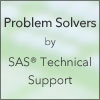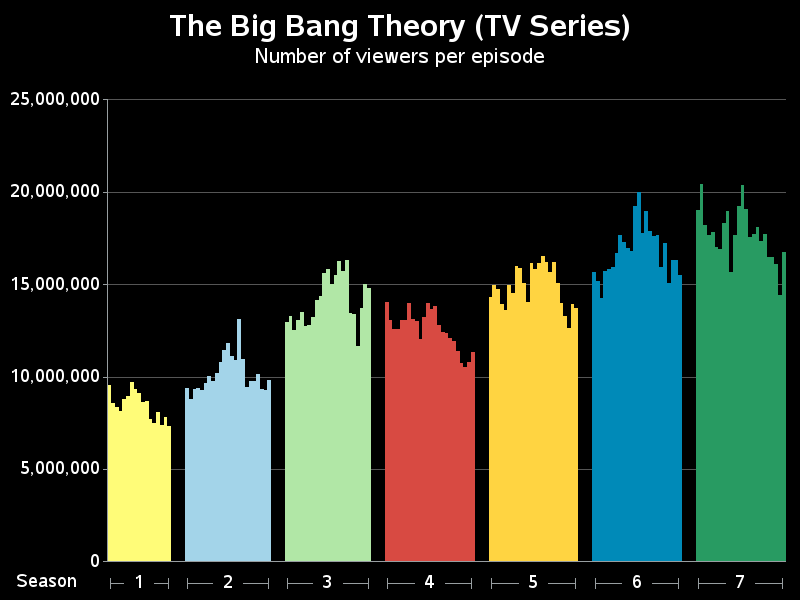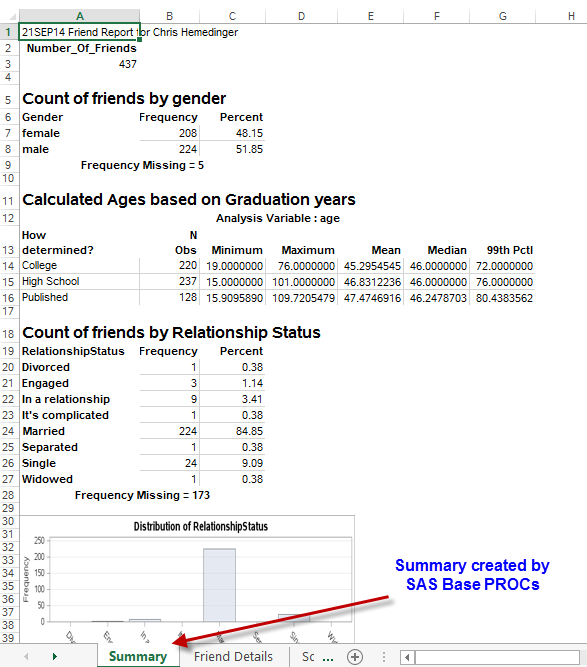All Posts

If you live in an English speaking country you are used to a relatively unadorned alphabet. Take a look at the French and Spanish languages, where vowels are decorated with accents like “acción” in Spanish, and the circumflex, or the hat used in “pâte” in French. Look at the gorgeous

People often talk about the customer experience and the engagement model. This is an easier task when a business has regular interactions with its customers like banks and retailers. However, for insurers, this is a challenge. First of all, insurers have infrequent interactions with their customers. When there is interaction,

It’s a great time to be a sports fan – and an even better time to be a sports and data fan as these two worlds continue to meld together. For the last couple of years nearly every conversation about sports, analytics or both had to have at least one

A student brought in this coding problem after her manager was struggling with this issue for a while. They played guessing games, but to no avail. Here’s what happened when they submitted data step and proc sql code using a WHERE clause with an INPUT function? data aileen; length hcn

As you can tell from my recent posts (see here and here), I've been working with SAS and Microsoft Excel files quite a bit. I'm really enjoying the ability to import an XLSX file in my 64-bit SAS for Windows without any additional setup. After one long afternoon of back-and-forth

The first time I used the Internet it blew my mind. As a diplomat brat, at any point in time everyone I knew was everywhere but where I was. Thanks the miracles of Gopher, Veronica, IRC and email, the tyranny of distance didn’t seem so oppressive any more. When I

A challenge for you – do a Google search for “Hadoop Security” and see what types of results you get. You’ll find a number of vendor-specific pages talking about a range of projects and products attempting to address the issue of Hadoop security. What you’ll soon learn is that security

Do you crave sugar? For me, the answer is "Yes"! I was born with a sweet tooth. I call it "The Beast". What I have learned about The Beast over the years is the more sugar I feed it, the more it wants. I used to think, "Hmm, that’s interesting.

The rumors, flying for many moons now, have turned out to be true. Followed by U2's new album release, Apple announced the launch of the Apple Watch for early 2015. Apple has finally unveiled its first foray into wearable technology. The Apple Watch (yep, not the iWatch), is an Apple

If you're a SAS user, chances are you're a bit of a science/technology/engineering/math nerd -- and also a fan of The Big Bang Theory. Therefore this SAS analysis on The Big Bang Theory should be right up your alley! Yesterday (September 22) was the start of the 8th season for the TV series,
Stress testing is not new to the risk world but has been a major focus since the GFC (Global Financial Crisis). For a number of years now, stress testing has helped analytical specialists quantify various aspects of potential loss. What is new is the introduction of regulatory stress tests which

Let's get one thing straight: I'm no wuss. Well, at least *I* don't think so. But on September 3-5, 2014, I gladly joined ranks with over 400 WUSSes descending on the Fairmont Hotel in downtown San Jose for the Western Users of SAS Software (WUSS) Educational Forum and Conference. It
Many users of SGPLOT and GTL know how to mix and match various plot statements to create graphs, sometimes in ways not originally intended. You are also aware that you can go a step beyond, and use these systems to create completely non-standard graphs such as the Spiral Plot, the Polar

I recently wrote about my foray into the experimental world of ODS EXCEL. Using this new destination in SAS 9.4, I was able to create multisheet workbooks -- containing reports and graphs -- in the XLSX format. I outlined some of the benefits -- such as being part of Base

Light years from Earth, within the constellation Virgo, two galaxies crashed into one another. Not something you could’ve seen peering into the night sky with the naked eye. We know it happened because astronomers pieced together images from several powerful telescopes to create what CBS News called a “cosmic magnifying












